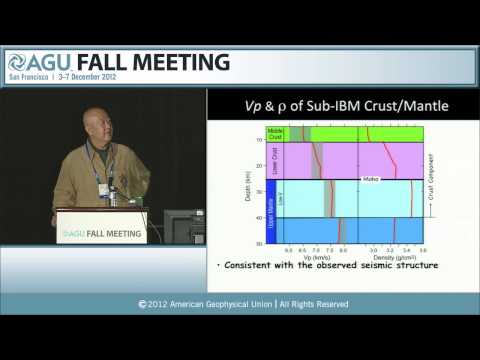Description:
Explore the "Andesite Problem" and Earth's unique characteristics in this 50-minute Bowen Lecture from the 2012 AGU Fall Meeting. Delve into the bimodal height distribution of Earth's surface, examining the differences between oceanic and continental crusts. Investigate the formation of andesitic continental crust at convergent plate boundaries and the challenges it presents. Analyze the role of mantle convection, plate tectonics, and liquid water in shaping Earth's geology. Examine seismic imaging of the IBM (Izu-Bonin-Mariana) arc system, melting regimes, and the evolution of subduction zones. Consider the factors that make Earth a "shore planet" and how they contribute to its distinctive features. Gain insights into the complex interplay of geological processes that define our planet's unique nature.

The Andesite Problem: Why is This Planet to be the Earth? - Bowen Lecture
Add to list